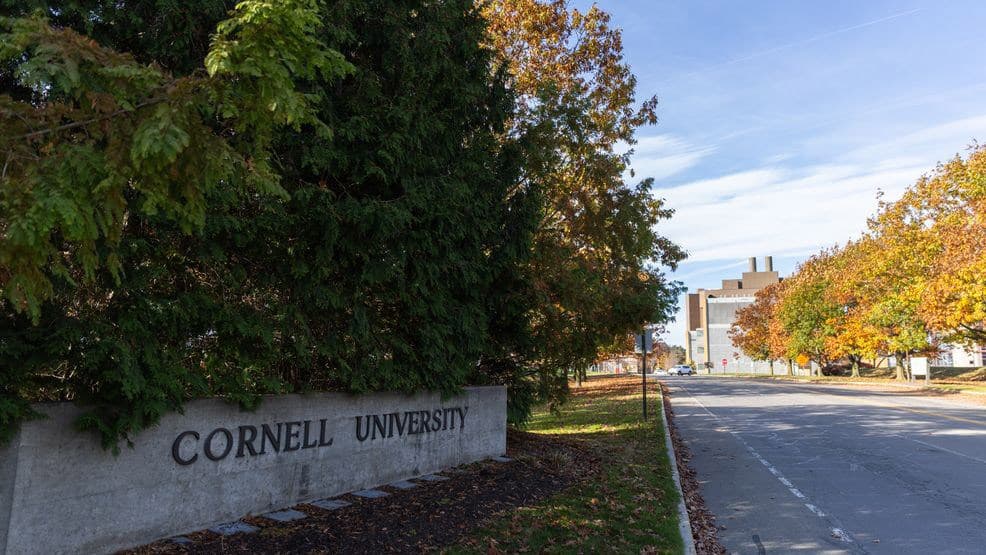International Student Enrollments Plummet 30-40%, Raising Concerns for U.S. Colleges
In a startling revelation, U.S. colleges and universities are bracing for a significant decline in international student enrollments, with projections estimating a drop of 30-40% for the upcoming academic year. This anticipated downturn raises alarms not only for educational institutions but also for the broader economy, which increasingly relies on the diversity and financial contributions of these students.
Background & Context
The landscape of international education in the United States has undergone dramatic shifts in recent years. Once a beacon for students from around the globe, U.S. institutions have faced mounting challenges, including stringent visa regulations, rising tuition costs, and the impacts of the COVID-19 pandemic. As previously reported, these factors have contributed to a growing perception that studying in the U.S. is becoming less accessible and welcoming for international students.
International students have historically played a crucial role in American higher education, contributing an estimated $45 billion to the economy annually. The decline in enrollments could not only affect the financial stability of many colleges but also diminish the rich cultural exchange that these students foster on campuses nationwide.
Key Developments
Recent surveys conducted by the Institute of International Education (IIE) indicate that many prospective international students are opting for alternative destinations, such as Canada, the United Kingdom, and Australia. Factors influencing their decisions include perceived safety, political climate, and the availability of scholarships and financial aid. "The U.S. is losing its appeal as a top destination for higher education," explained Dr. Emily Chen, an education policy expert. "Students are increasingly looking for environments that are not only academically rigorous but also supportive and welcoming."
Moreover, the current geopolitical climate has exacerbated the situation. Ongoing tensions, including recent developments in global politics, have led to uncertainty for many students considering the U.S. as their educational home. The rise of anti-immigrant sentiment and policies has also contributed to fears among potential applicants about their safety and acceptance in American society.
Broader Impact
The implications of a significant drop in international student enrollments extend beyond individual colleges and universities. Economists warn that reduced enrollments could have a ripple effect on local economies, particularly in areas heavily reliant on the spending of international students. "Restaurants, housing markets, and local businesses could all feel the pinch," noted Dr. Robert Williams, an economist specializing in higher education trends. "Communities that once thrived on the influx of international students will need to adapt quickly."
Furthermore, the decrease in diversity on campuses could hinder the educational experience for all students. International students contribute unique perspectives and experiences that enrich classroom discussions and foster global awareness among their peers. "A diverse student body is integral to preparing all students for an increasingly interconnected world," said Dr. Sarah Patel, a sociologist who studies educational diversity.
What"s Next
As colleges and universities grapple with these challenges, many are reconsidering their recruitment strategies and support systems for international students. Some institutions are ramping up efforts to provide more scholarships, community integration programs, and enhanced support services to attract and retain these students. "We need to demonstrate that we value diversity and are committed to creating an inclusive environment," stated Dr. James Knox, a university administrator.
Looking ahead, it remains to be seen how institutions will respond to this crisis. Ongoing discussions about immigration reform and international education policies could shape the future landscape of higher education in the U.S. Additionally, stakeholders will need to assess how to rebuild trust and interest among prospective international students, especially in light of the recent developments affecting global perceptions of the United States.








![[Video] Vladimir Putin delivers speech in military uniform](/_next/image?url=%2Fapi%2Fimage%2Fthumbnails%2Fthumbnail-1764621642413-vh08a-thumbnail.jpg&w=3840&q=75)